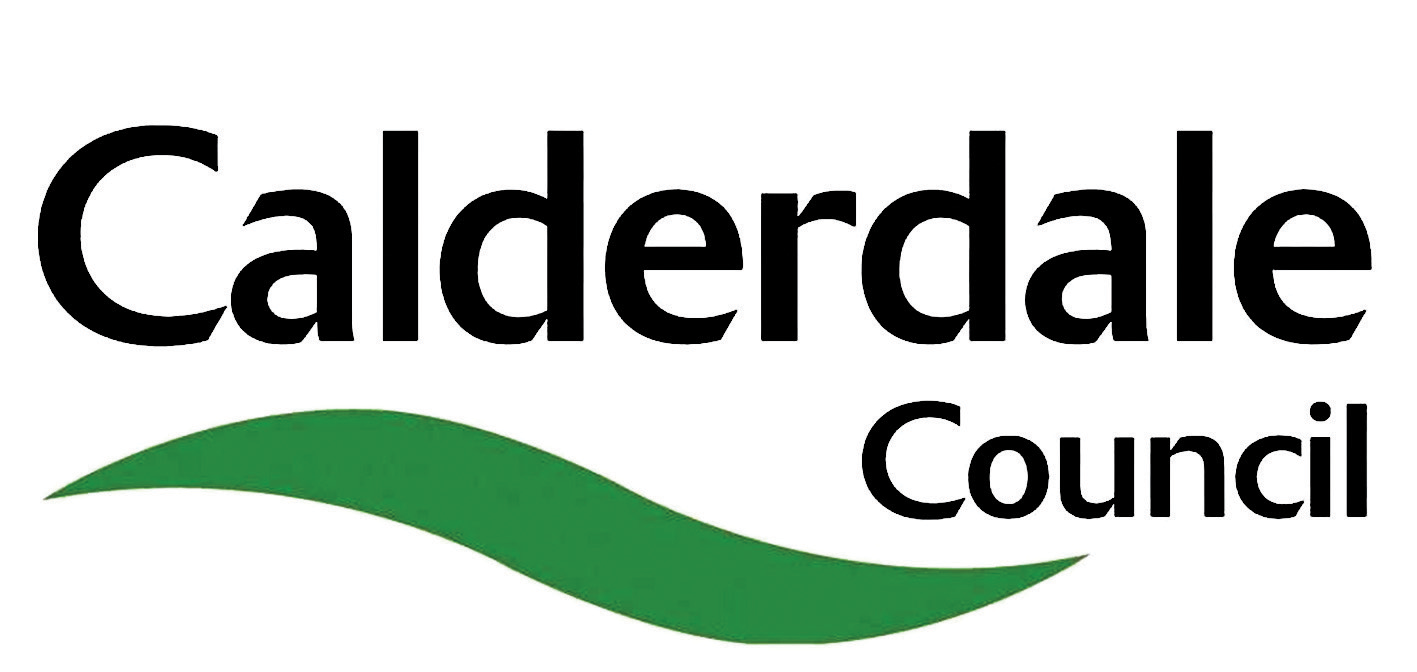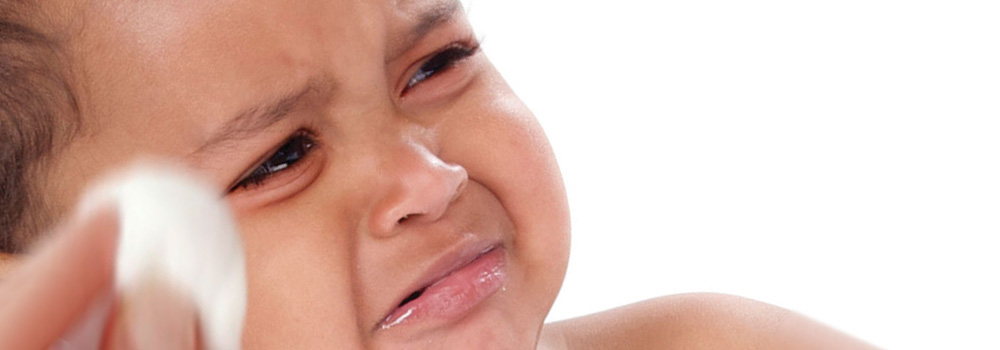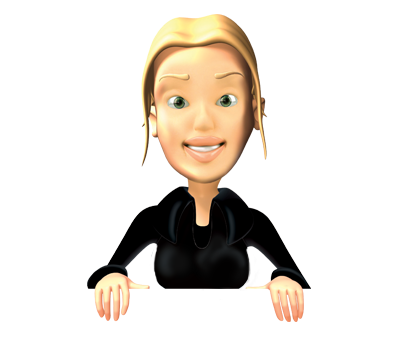‘Sticky eyes’ are common in newborn babies and young children while their tear ducts are developing. You may see some sticky stuff in the corner of the eyes or their eyelashes may be stuck together.
It normally clears up on its own, but you may have to clean your baby's eyes regularly with damp cotton wool. Use clean, cooled boiled water.
Wipe each eye from the corner by the nose outwards. Use a clean piece of cotton wool for each wipe. Remember to wash your hands before and afterwards and avoid sharing towels used by your baby to prevent spreading infection.
Eye tests and checks
It is important to look out for any signs of problems with your baby’s eyes. Routine eye tests are offered to newborn babies and children to identify any problems early on in their development. It's quite normal for the eyes of newborn babies to ‘cross’ occasionally, particularly when they're tired. However, speak to your GP or health visitor if you notice this happening to your child after three months of age. Left untreated, lazy eye can develop.
Although serious vision problems during childhood are rare, early testing ensures that any problems are picked up and managed as early as possible.




